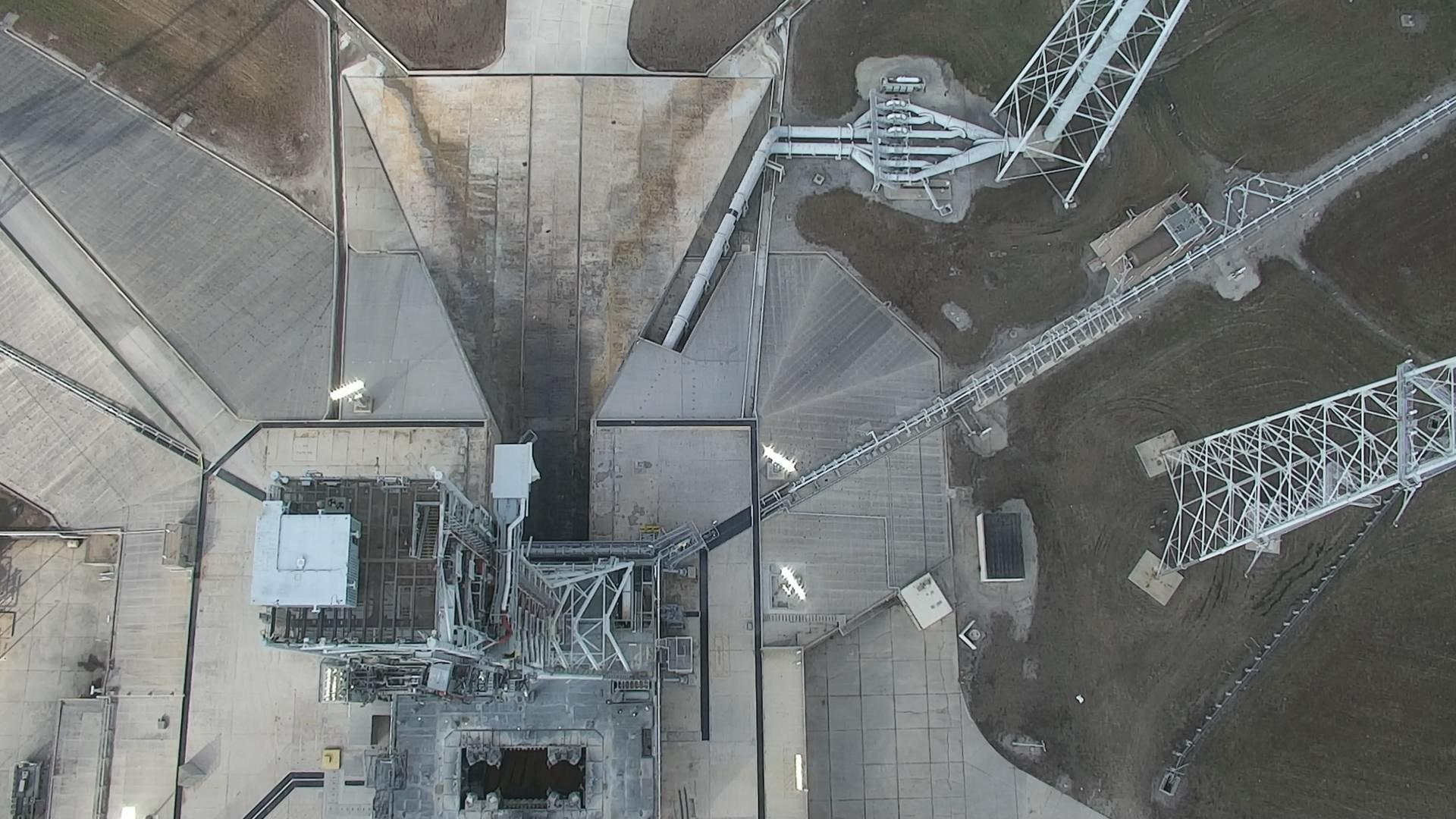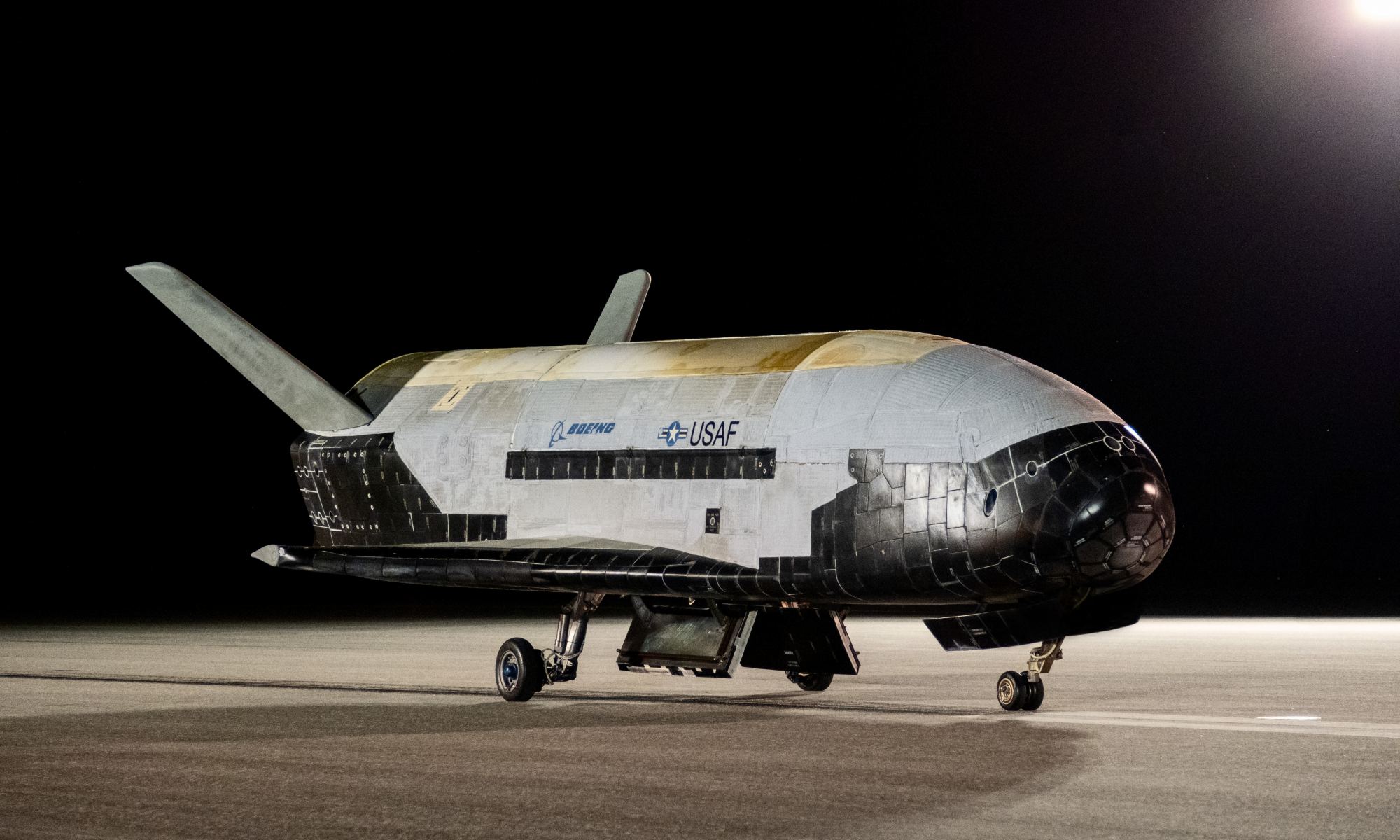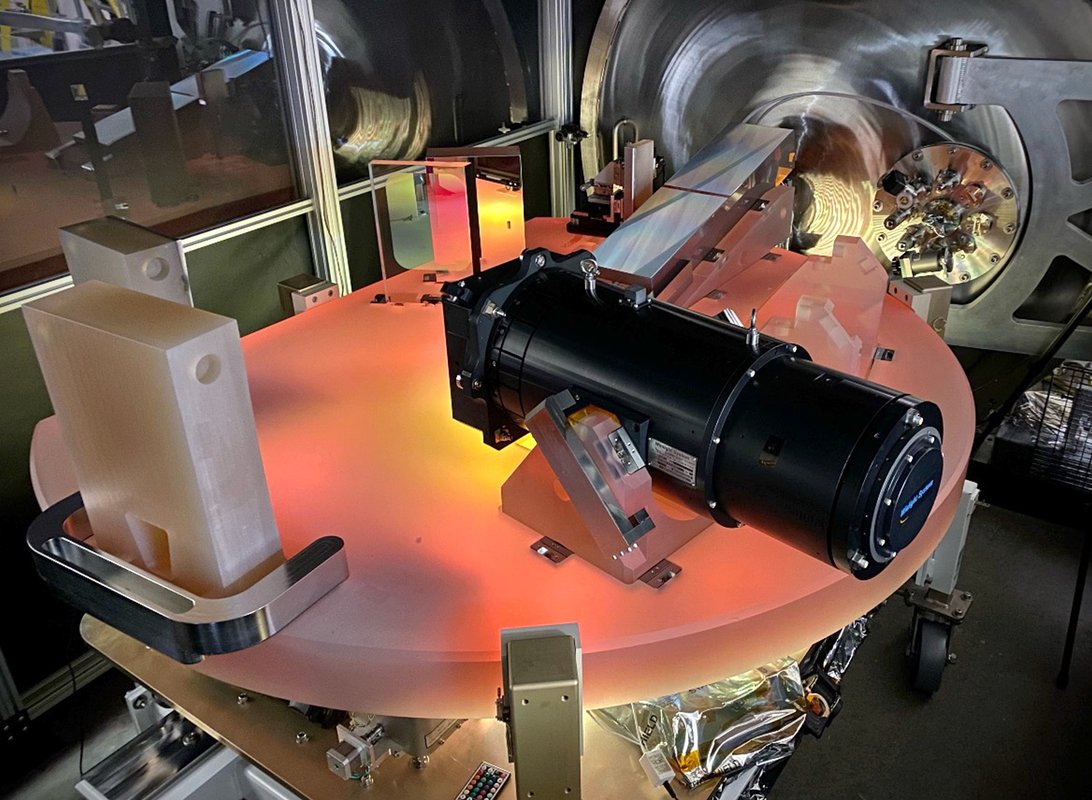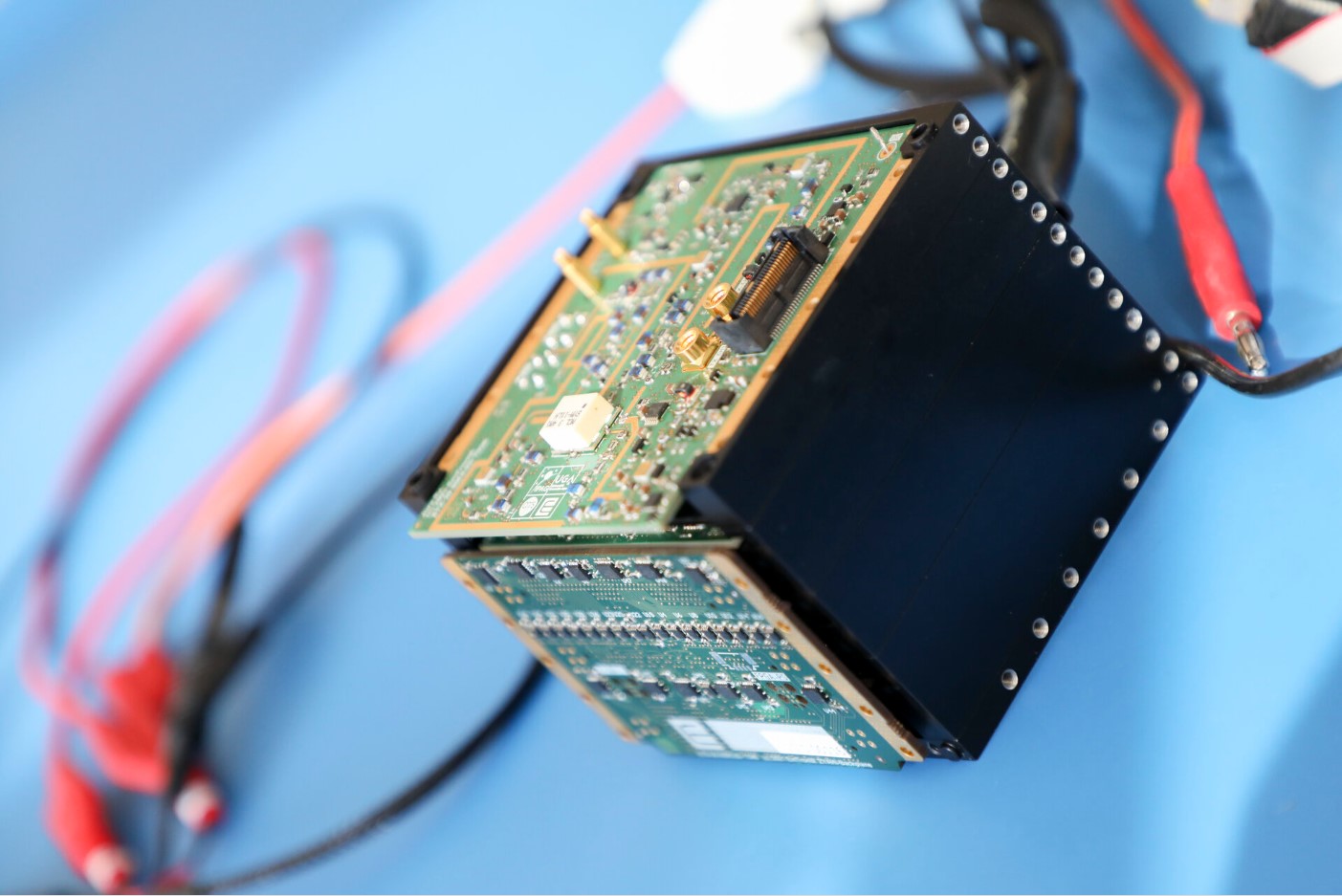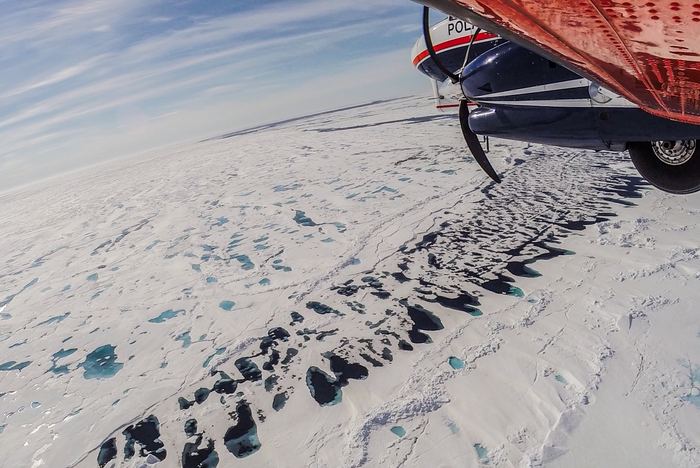At twin ground-breaking ceremonies today in South Africa and Australia, project leaders formally marked the start of construction on what will be the largest radio telescope ever built. Dubbed the Square Kilometer Array Observatory (SKAO) – referring to the total area the antennas and dishes will cover when complete – the telescope is not a single detector but rather a collection of them, connected across two continents using a technique known as interferometry (the same technique used by the Event Horizon Telescope, which took the first ever photograph of a black hole in 2019).
Continue reading “Construction Begins on the Square Kilometer Array”One of the World's Biggest Radio Telescopes is Hunting for Signals From Extraterrestrial Civilizations
Breakthrough Listen, a privately funded project seeking evidence of extraterrestrial intelligence, has started operations on the MeerKAT radio telescope array in South Africa. Over the next two years, the team will search over a million nearby stars, expanding the number of targets observed by a factor of 1000.
Continue reading “One of the World's Biggest Radio Telescopes is Hunting for Signals From Extraterrestrial Civilizations”The First SLS Launch Caused Damage to the Launch Pad. How bad was it?
When you test launch the most powerful rocket ever successfully flown, there’s bound to be some collateral damage. With 8.8 million pounds of thrust at liftoff, NASA’s Space Launch System (SLS) packs a mighty punch (the Saturn V, which carried astronauts to the moon in 1969, produced 7.5 million pounds). After November 16’s test flight of SLS, dubbed Artemis I, the pad was a little worse for wear, but not outside of expected parameters, NASA officials say.
Continue reading “The First SLS Launch Caused Damage to the Launch Pad. How bad was it?”The X-37B is Back After 908 Days in Orbit. What was it Doing up There? That's Classified
At 5:22 AM Eastern Time on November 12, the Space Force’s (and Air Force’s) X-37B spaceplane landed back on Earth after two and a half years in orbit. The secretive spaceplane has now performed 6 missions, and the latest, OTV-6, was the longest flight yet. Details about the X-37B’s purpose are scarce, though it is clear that the vehicle is designed to serve as a testbed for advanced spaceflight capabilities. Here’s what we know about the latest mission.
Continue reading “The X-37B is Back After 908 Days in Orbit. What was it Doing up There? That's Classified”Keck's new Planet Hunter Instrument Comes Online, Searching for Smaller, More Earth-Sized Exoplanets
There’s a new planet hunter in town, and it’s got its sights set on nearby Earth-sized planets in the galactic neighborhood.
Continue reading “Keck's new Planet Hunter Instrument Comes Online, Searching for Smaller, More Earth-Sized Exoplanets”The Smallest Radar Ever Sent to Space Will Probe the Interior of Dimorphos After its Impact From DART
Are miniature probes the future of deep space exploration?
Continue reading “The Smallest Radar Ever Sent to Space Will Probe the Interior of Dimorphos After its Impact From DART”Planets Make it Harder to Figure out a Star’s age
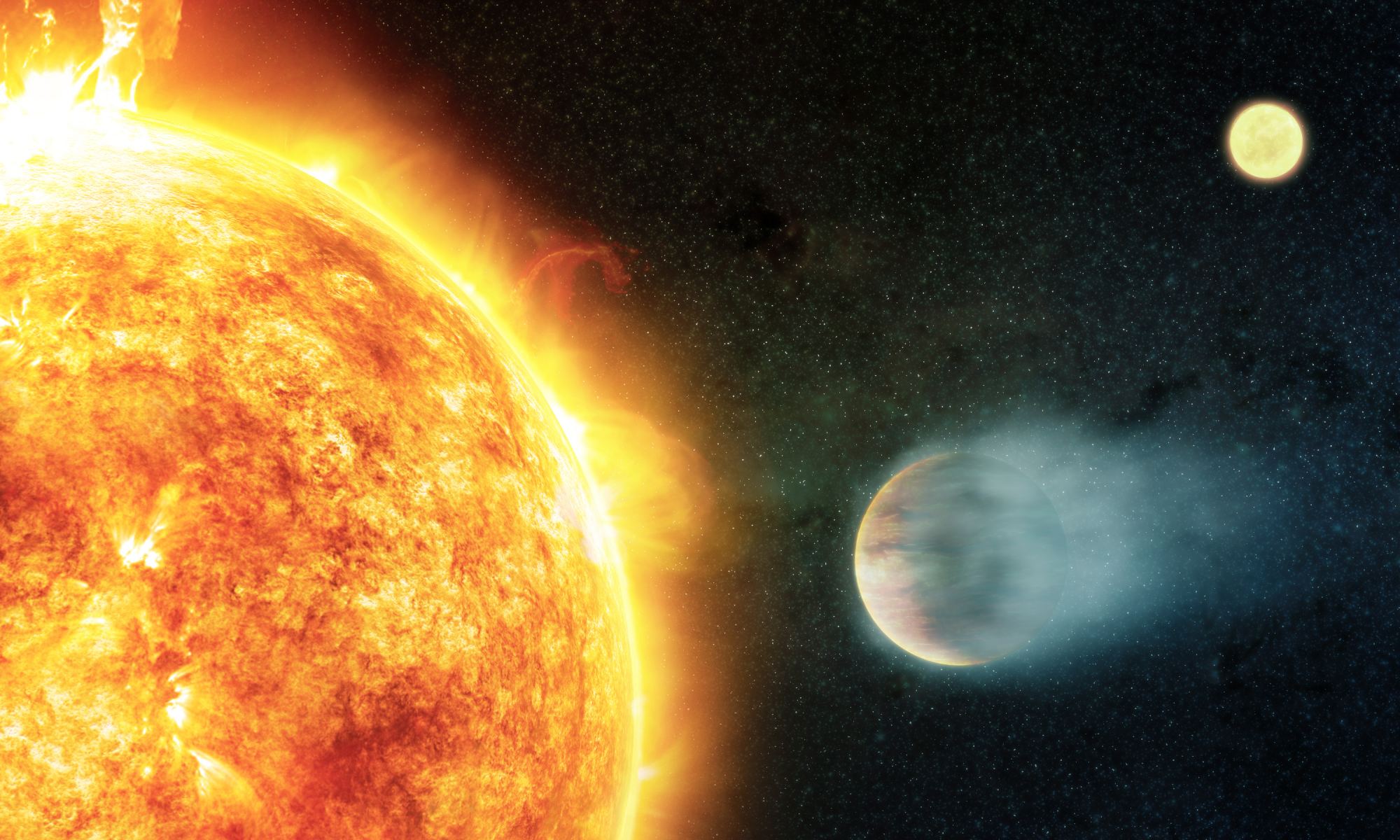
Estimating stellar age has always been a challenge for astronomers. Now, a certain class of exoplanets is making the process even more complicated. Hot Jupiters – gas giants with orbital periods smaller than that of Mercury – appear to have an anti-aging effect on their stars, according to a new study. These enormous planets inflict both magnetic and tidal interference on their host star, speeding up the star’s rotation and causing them to emit X-rays more energetically, both of which are hallmarks of stellar youth. The result calls into question some of what we previously believed about stellar age, and offers a glimpse at the ongoing interconnectivity between a star and its planets long after their formation.
Continue reading “Planets Make it Harder to Figure out a Star’s age”Satellites can now Measure the Thickness of Ice Sheets all Year Long
Artificial intelligence can do more than paint planets as bowls of soup. It’s now helping researchers acquire better climate change data by teaching Earth observation satellites how to measure ice thickness in the Arctic year-round.
Continue reading “Satellites can now Measure the Thickness of Ice Sheets all Year Long”We Still Have no Idea if it's Safe to be Pregnant in Space
Can humans reproduce in space? The short answer is that we don’t know. The long answer is maybe, but there are significant barriers to overcome to make zero-gravity pregnancy safe, and research into the subject is only just beginning.
Continue reading “We Still Have no Idea if it's Safe to be Pregnant in Space”A New Map Shows how Solar Winds Rain Down Everywhere on Mars
In a joint effort between NASA’s MAVEN spacecraft and the United Arab Emirates’ Emirates Mars mission (EMM), scientists have observed an uncommonly chaotic interaction between the solar wind and Mars’ upper atmosphere, creating a unique ultraviolet aurora. The phenomenon represents an unusual occurrence in Martian space weather, and scientists are excited to take advantage of future collaborations between spacecraft to keep an eye out for repeat events.
Continue reading “A New Map Shows how Solar Winds Rain Down Everywhere on Mars”


